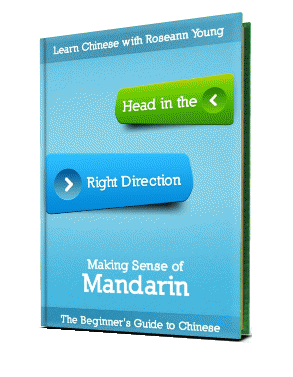Please in Chinese
Please in Chinese Video
If you want to know how to say please in Chinese, take a moment to watch this video that gives the Chinese phrase, the characters, and the PinYin for saying please in Chinese.
Saying Please in Chinese
Common
The common phrase for please in Chinese is 请 (qǐng) said with the falling and rising third tone. This Chinese character usually begins the sentence and is used for making a polite request.
Uncommon
There is also another phrase for please in Chinese that’s not used quite as often. When you are pleading with someone or begging them, then you would use 拜托了(bài tuō le) instead. Although you probably won’t hear or use this phrase as often, it still is important to know when you’re in a desperate situation.
What is Elderly in Chinese?
“Lăo” is the character used to express old (as in elderly). Notice that in Chinese culture, the elderly are highly respected. Therefore, you will also find related terms to hold a good connotation (like the word used for “old friends”).
“Lăo” is also used for teacher and master. However, there are numerous words formed with this character.
What is Young in Chinese?
Two characters together convey the meaning of young in Chinese. These two characters are “nián qīng” said with the rising second tone and the level first tone. The first character is pronounced like “knee” + “en” as in enter, while the second tone is pronounced like “ch” + “ing.”
 “Nián” literally means year, while “qīng” means light.
“Nián” literally means year, while “qīng” means light.
What’s New in Chinese?
Fresh, recent, up-to-date, and new are all words that are represented by the character “xīn.” “Xīn” is said with the level, first tone and pronounced like “sheen.”
Other related terms can be seen here.
Bright in Chinese
The character for bright in Chinese (or even shiny) is “liàng.” This character is said with the falling fourth tone and pronounced “lee” + “ong.”
Other words that include this character can be found here…
What’s Weak in Chinese?
Weak in Chinese is represented by the character “ruò.” It is said with the falling fourth tone and pronounced like something between “roo” + “aw” and “raw.”
Related terms can be seen here.
Strong and Powerful
How do you express power and strength in Chinese? Of course, there are many ways, but the character most often used is “qiáng.” This character for strong (as it relates to strength, not taste or odor) is “qiáng,” said with the rising second tone and pronounced much like “chee” + “ong.”
 To see other words that also use this character, continue reading here.
To see other words that also use this character, continue reading here.
Hard in Chinese
As it relates to hard or stiff, the Chinese character “yìng” is used. (This is NOT the term for difficult or challenging)! Said with the falling fourth tone, as you say this term it should sound as though you are letting out a sigh of relief, but pronounced much like “ye” + “ing”.
For related terms, continue reading here.













